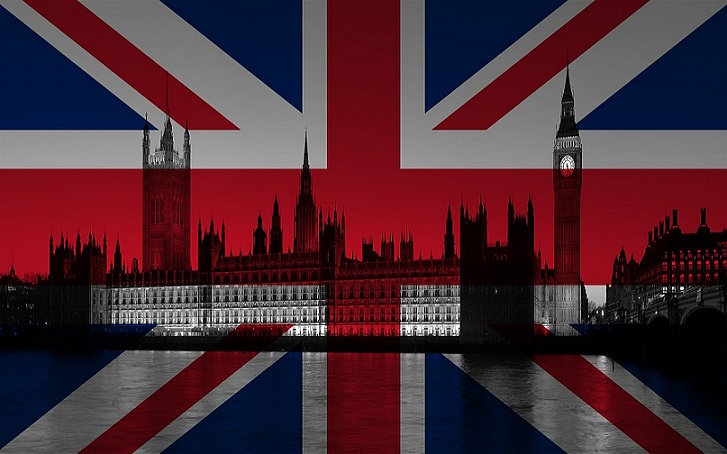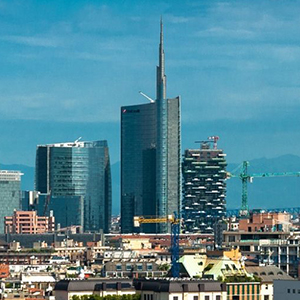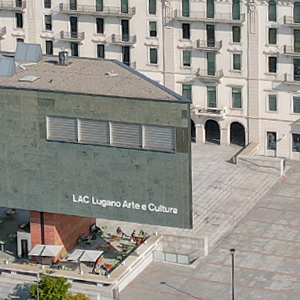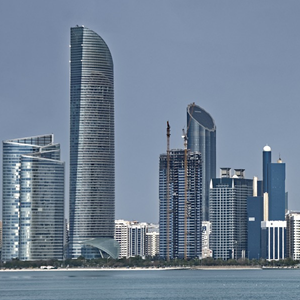

A new flexible extension of Brexit until 31 October has been agreed by the EU and the UK.
EU leaders, acting on a request from Prime Minister Theresa May, once again postponed the deadline by which the U.K. will either ratify the negotiated Withdrawal agreement or be forced to leave the bloc without its protection.
In brief the terms of the new offer are:
- A Brexit extension “only as long as necessary” and “no longer than 31 October” to allow for the ratification of the withdrawal agreement;
- The UK “must hold the elections to the European Parliament” or leave on 1 June;
- No more talks on reopening the withdrawal agreement.
The new flexible deadline was agreed after five hours of talks at an EU summit in Brussels, at the end of which the European Council president Donald Tusk said that now: “The course of action will be entirely in the UK’s hands: they can still ratify the withdrawal agreement, in which case the extension can be terminated.” Mr Tusk said the UK could also “rethink its strategy” or choose to revoke Art.50 and “cancel Brexit altogether”.
Read EU conclusion here and Theresa May’s statement here.
After the dinner and the talks with the other EU members and a subsequent meeting with the British Prime Minister, at a news conference Mr Tusk added: “Let me finish with a message to our British friends: This extension is as flexible as I expected, and a little bit shorter than I expected, but it’s still enough to find the best possible solution. Please do not waste this time.”
Now, the matter goes back to Britain where they need to decide over what to do with the new agreed (granted) extra time.
All options from a no-deal Brexit to a general election to no Brexit at all remain on the table, with EU supporters pushing to use the next few months to hold a new referendum on whether to leave the EU or remain., Labour lawmakers suggesting to break the Brexit deadlock with a confirmatory ballot on PMs deal and Leavers wanting to replace Theresa May with another Conservative leader — preferably a hard-core Brexiteer.
Whatever happens must occur within the symbolic end date of 31 October: the new extension, which falls on Halloween, means that Britain might have to hold elections for the European Parliament on May 23, nearly three years.








